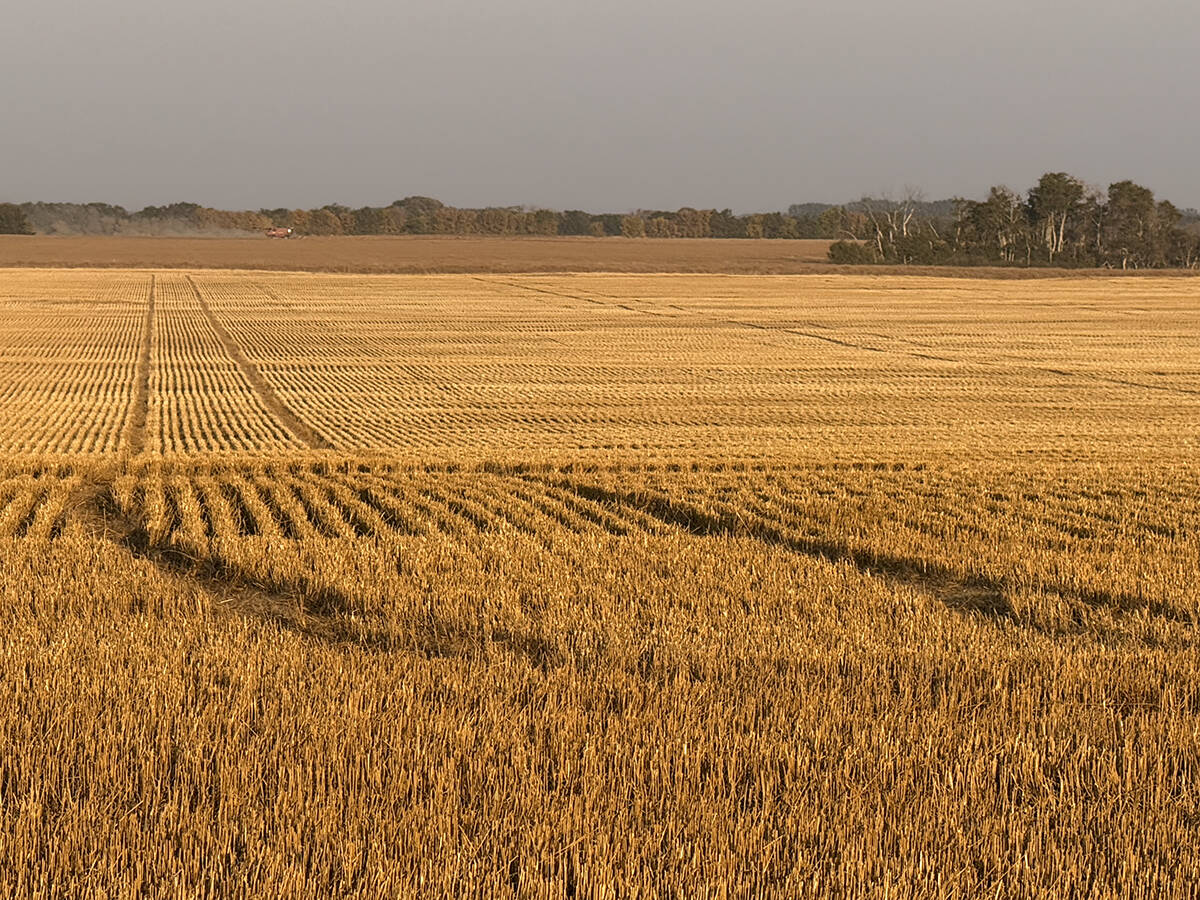Just a few hundred metres across a busy freeway from a Wal-Mart, a Burger King and a popular shopping centre, some 700 head of cattle pass their days at the University of Saskatchewan’s beef research facility.
However, their status as urban cows may soon come to an end.
The university is considering moving the feedlot and research farm outside Saskatoon, possibly as soon as next year.
“If we could do this in 2009, it would be great,” said John McKinnon, beef industry chair in the college of agriculture’s department of poultry and animal science, and head of a committee studying the issue.
Read Also

Final crop reports show strong yields, quality
Crops yielded above average across the Prairies this year, and quality is generally average to above-average.
The provincial government recently authorized the university to spend $3.3 million to buy agricultural land outside the city to relocate the research unit.
McKinnon said the aging facility, which includes a feed mill, is no longer adequate to meet the needs of the university or the beef industry.
“We’re talking about a facility that is close to 50 years old,” he said.
“It just isn’t up to standards from the point of view of the students, the researchers or the community that makes use of the research results.”
When it opened in 1963, the feedlot was well outside the city, in an essentially rural setting.
The city has since grown up around it, resulting in the occasional complaint about odours and environmental concerns related to manure disposal and runoff into the adjacent South Saskatchewan River.
“Nowadays you would never put a facility like that so close to the river,” McKinnon said, although he added the situation is monitored and there has never been a contamination problem.
Expanding and upgrading the existing facility is seen as an expensive and inefficient alternative that wouldn’t serve the university’s or the industry’s long-term interests.
“We are driving our efforts in the direction of relocating it,” said Mc-Kinnon.
The university owns two research farms just east of Saskatoon, so it would make sense for the beef research unit to relocate in that area, which is less than a 30-minute drive from the campus.
The existing facility is 300 acres and consists of a feedlot and mill. Some of the research underway involves use of distillers grain in feed rations and evaluating the feed value of new oat varieties.
McKinnon said the beef group would prefer a new location to be at least one section of land.
That would allow for an expansion of the feedlot capacity to at least 1,000 head, and perhaps as many as 1,500. It would also enable the feedlot to be situated in the centre of the parcel, providing a buffer from neighbouring property.
The committee headed by McKinnon includes beef researchers, officials from the university, the Western Beef Development Centre, the provincial government and a number of beef industry groups.
The university will be looking to those outside groups for funding assistance to develop a new facility.
The committee has hired an outside engineering consultant to develop a conceptual plan and come up with a construction budget. That work will be done over the next six months.
James Cook, manager of business opportunities for the U of S, said the possible move of the beef research unit coincides with an overall review of the university’s land needs.
The university owns 1,865 acres in Saskatoon, including the campus.
Of that total, about 1,120 acres, or 60 percent, is used by the college of agriculture, mainly for crop research plots.














